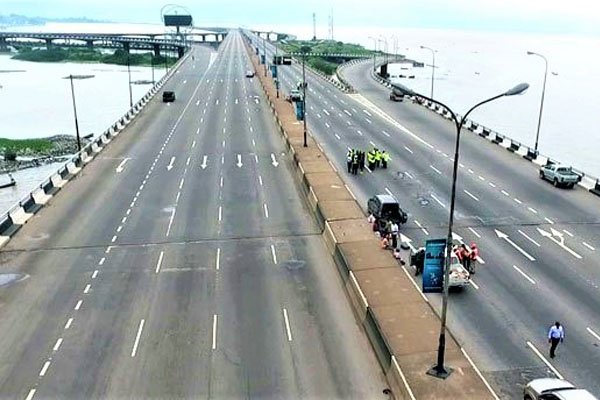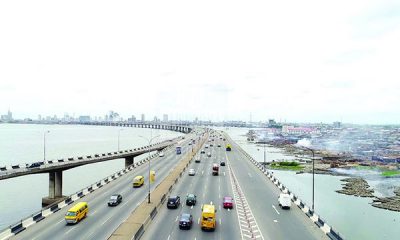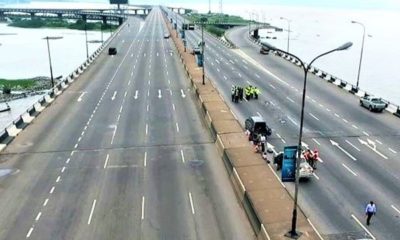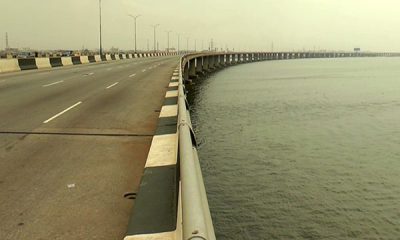Third-Mainland Bridge: Everything You Should Know About This Bridge

Lagos is the most populous city in Africa. In the ’70s and ’80s, vehicular traffic in the city increased at great amount. This led to heavy congestion on roads.
The two existing bridges that connects the island and mainland – the Eko and Carter bridges – were struggling to cope with the weight of traffic.
To check heavy traffic congestion in the state, the Government devised a scheme where odd and even-numbered cars could only drive into the city on alternate days. This did little to improve traffic problems.
Authorities later came up with the idea of a third bridge across the lagoon to reduce congestion and help improve transport from the city’s port.
The Construction
The scheme to build the bridge was broken into two phases. Phase 1 saw construction between Lagos Island and the road interchange at Ebute Metta – a neighbourhood of mainland Lagos. This was between 1976 and 1980. The phase one of the projects was commissioned by President Shehu Shagari in 1980.
Phase 2 continued the scheme north to the coast of Oworonshoki, another area of the mainland Lagos. Work on this second section lasted from 1988 to 1990. President Ibrahim Babangida completed Phase 2. It was commissioned on his birthday – 17 August 1990.

The new bridge was named Ibrahim Babangida Boulevard or The Third Mainland Bridge.
At 11.8km long, the Third Mainland Bridge is the longest of the three road bridges crossing Lagos Lagoon. It was also the longest bridge in Africa when it opened.
Julius Berger Nigeria PLC built the bridge.
Technical Features of the Third-Mainland Bridge
The Third-Mainland Bridge starts from Oworonshoki and ends at the Adeniji Adele Interchange on Lagos Island.
The bridge features an interchange between Lagos Island and the road interchange at Ebute Metta – a neighbourhood of mainland Lagos.
The Third Mainland Bridge carries eight lanes of traffic – four in each direction. There is a median separator – a structure to mark the division between the two sets of lanes – running down the centre.
Engineers used two slender concrete shafts – or pillars – for each of the bridge’s piers. A pier is an upright support for a structure such as a bridge or arch.
The project team constructed most of the bridge’s spans at 45m, though some were up to 60m. A span is a distance between two of a bridge’s piers.

The overall width of the structure is 33.1m, including 3.5m for the median separator.
Engineers constructed an artificial island in Lagos Lagoon at the point the bridge met the road interchange at Ebute Metta.
The scheme used reinforced concrete to construct the main bridge. The structure’s deck – the part that carries traffic – was also made of reinforced concrete.
Post-Construction era
The Third Mainland Bridge relieved much of the heavy traffic and congestion that had been typical of Lagos in the 1980s when it first opened. Traffic moved faster and road communications around the city improved.
The bridge also inspired a housing boom in Lagos. More people moved to the Island part of the state.
Today, the bridge now carries a very heavy volume of traffic daily – tailbacks can be notoriously several kilometres long.
 In 2006 and 2013, parts of the bridge were closed for repairs. This was amid reports that the structure was vibrating as traffic passed over it. Some observers put the blame for the vibrations on the gridlocks that frequently built upon the bridge. This, they claimed, but the structure under increased strain.
In 2006 and 2013, parts of the bridge were closed for repairs. This was amid reports that the structure was vibrating as traffic passed over it. Some observers put the blame for the vibrations on the gridlocks that frequently built upon the bridge. This, they claimed, but the structure under increased strain.
According to a traffic report on Third Mainland Bridge in 2002, the number of vehicles in both directions recorded in 12 hours was 180,902 vehicles, which may have doubled or tripled after 16 years.
The Lagos State government are now planning a 38km-long fourth bridge to relieve congestion on the existing bridges in the state.
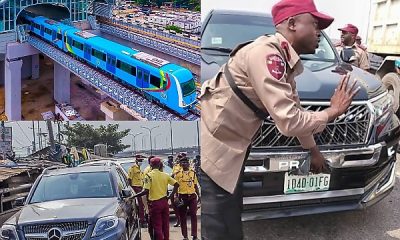
 News1 week ago
News1 week ago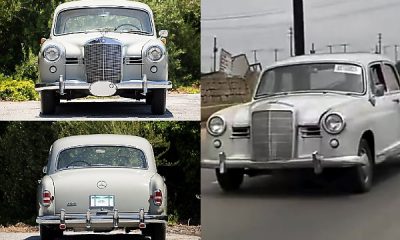
 News1 week ago
News1 week ago
 News1 week ago
News1 week ago
 News4 days ago
News4 days ago
 News1 week ago
News1 week ago
 Latest Cars1 week ago
Latest Cars1 week ago
 News1 week ago
News1 week ago
 News1 week ago
News1 week ago
